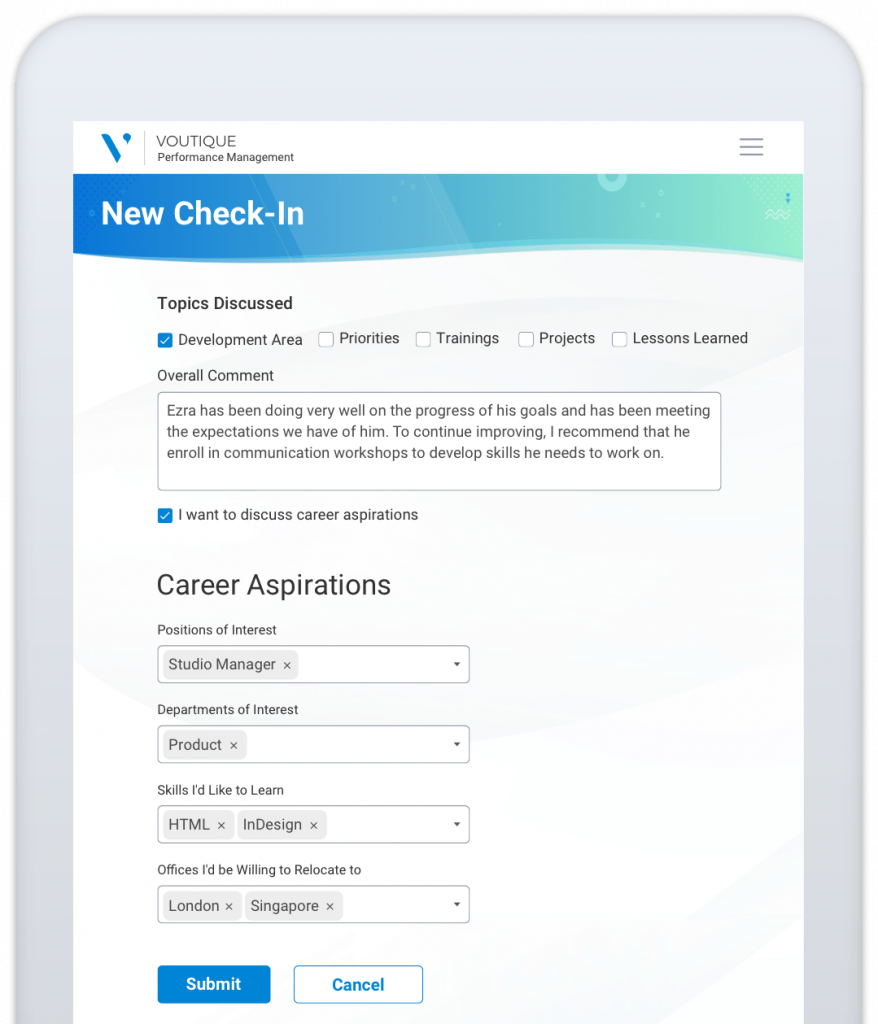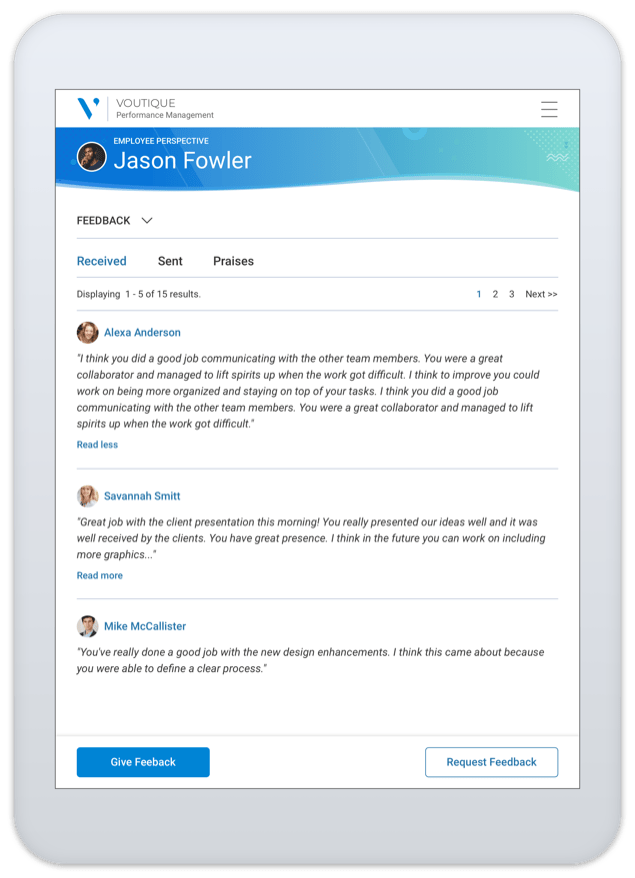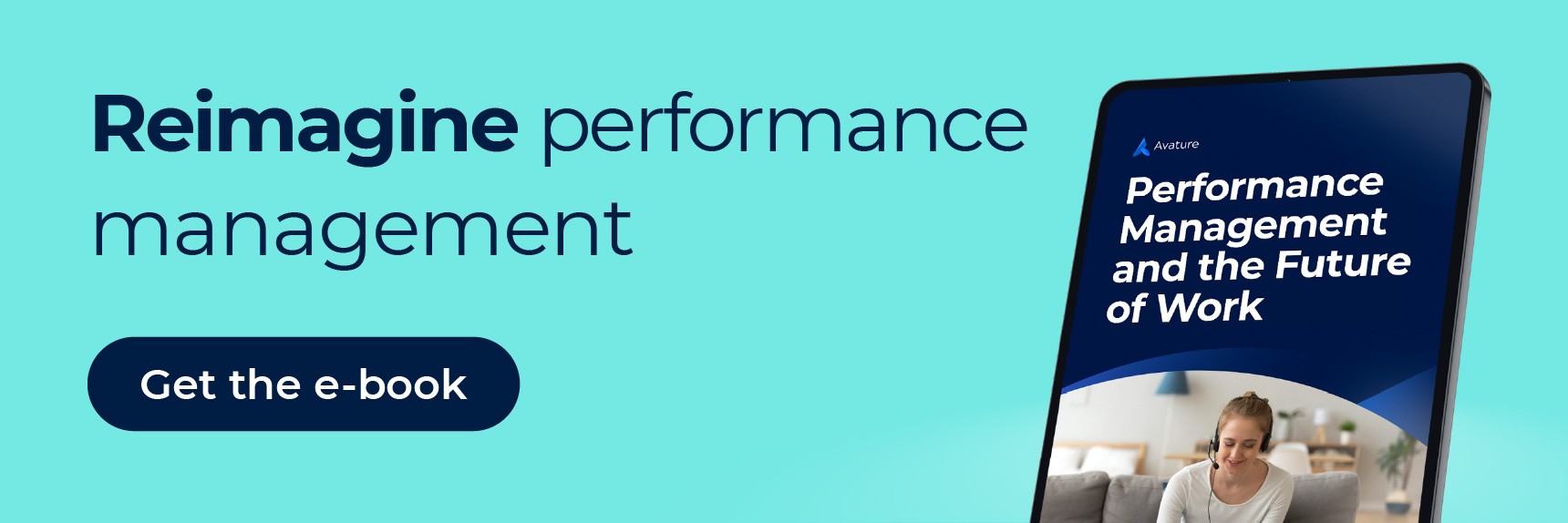There is now a clear consensus among top executives that traditional models of enterprise performance management (i.e., merit-based and forced ranking systems) serve no purpose in the digital age. Relics of a time when robust organizational hierarchies were the norm, 2020 has provided human capital professionals with a growing body of both qualitative and quantitative evidence that supports the cross-industry calls for change.
As we documented in part one of our performance management series, enterprise-level companies are navigating a whole new context for employee evaluation and appraisal. From talent shortages to changes in employee preferences, there are a number of factors supporting a new, humanized approach to performance management. With a renewed focus on people, not processes, companies can better position their employees to do their best work. Employees empowered with a sense of purpose are more likely to both remain with their companies for longer, and to develop the skills necessary to grow and succeed in their respective roles.
With this new reality in mind, here are five practices that can assist modern enterprises in improving performance management in the digital age:
1. Agile Goal Setting and the Use of OKRs
We all know that goals set the foundation for performance management. What is often overlooked, however, is the fact that long-term objectives can easily be broken down into segmented, attainable steps (also known as key results). When they do, they become a more relevant and powerful tool for employees and managers alike. Specific and measurable, but with the flexibility to evolve over time, objectives and key results (i.e., “OKRs”) make it much easier for all parties involved to track ongoing progress.
Ideally, OKRs should be agreed upon through an open dialogue that continues over time. The right talent management software facilitates this process by providing employees and managers with a digital platform to revise agile goals on an ongoing basis (i.e., evaluate, put on hold, reactivate, etc.), as well as give and receive feedback in real-time. Automation can also be leveraged to request feedback from collaborators upon completion of a goal.
2. Ongoing Development Conversations
Regularly scheduled conversations provide a great opportunity for employees and managers to discuss performance-to-date, as well as how to better achieve goals that have been set. These check-ins shouldn’t feel like interrogations, but rather empowering and collaborative conversations. Performance and development are being built and evaluated by both parties, and the tone and atmosphere should reflect this.
With Avature performance management tools, you can schedule check-ins on a predetermined basis. For example, you could remind employees and managers to have a career aspirations discussion at a certain point in the fiscal year. Leveraging customizable check-in forms, you can shape the conversations around key topics such as goal alignment and professional development.

3. Continuous 360 Feedback
“Anytime, anywhere, anyone” is the premise with this best practice. Ongoing feedback helps employees better understand what’s expected of them, as well as builds trust between employees and managers. When managers provide continuous feedback (instead of on an annual basis), their employees are 3.2x more likely to feel motivated to do outstanding work. Importantly, feedback shouldn’t be a one-way street focused on top-down evaluation. On the contrary, feedback should be presented through a 360-degree, holistic lens.
This is a whole new approach, one which can inherently be difficult for some employees. And yet, with an easy-to-use performance management system that encourages peer collaboration, employers can easily remove common feedback barriers and build the dialogue necessary for a successful two-way relationship. With Avature, employees can request and receive feedback in real-time from peers, managers, clients, vendors and more. The feedback process can be entirely customized according to company policy and culture, with tweakable options for question types, visibility and frequency.

4. Social Recognition of Performance
By celebrating achievements publicly, employees are more likely to feel valued and recognized for their work. In fact, in a recent Gallup survey, public recognition was identified as the most memorable method (over monetary recognition). Seamlessly integrated with Avature DNA, our interactive employee hub, our performance management solution allows employees to recognize their peers for contributions and effective collaboration in real-time. The “public” nature of this type of praise goes a long way in strengthening the behaviors that digital age organizations value.

5. Involve Employees in the Performance Management Design Process
For performance management processes to be effective and engaging, they must be viewed by employees as a worthwhile endeavor. This means that organizations must take their employees’ opinions into account. Asking for employee help in co-creating this experience is the best way to drive employee engagement.
Organizations that take the time to interview employees, collate their feedback on existing processes and consider their ideas for an optimized approach are well-situated for performance management success in 2020. The Avature platform provides HR with the ability to reach out to employees at any point with multiple custom survey mechanisms. As a result, you can gather the data that you need from your employees in a way that meets your company processes and culture.
To Conclude…
Most employees want to perform well, develop their talents and grow as professionals. A humanized, holistic approach to performance discussions will help guide employees on their professional journey. Combined with the right performance management technology, organizations can create ongoing, agile and collaborative processes that focus on maximizing the potential of their workforce.



